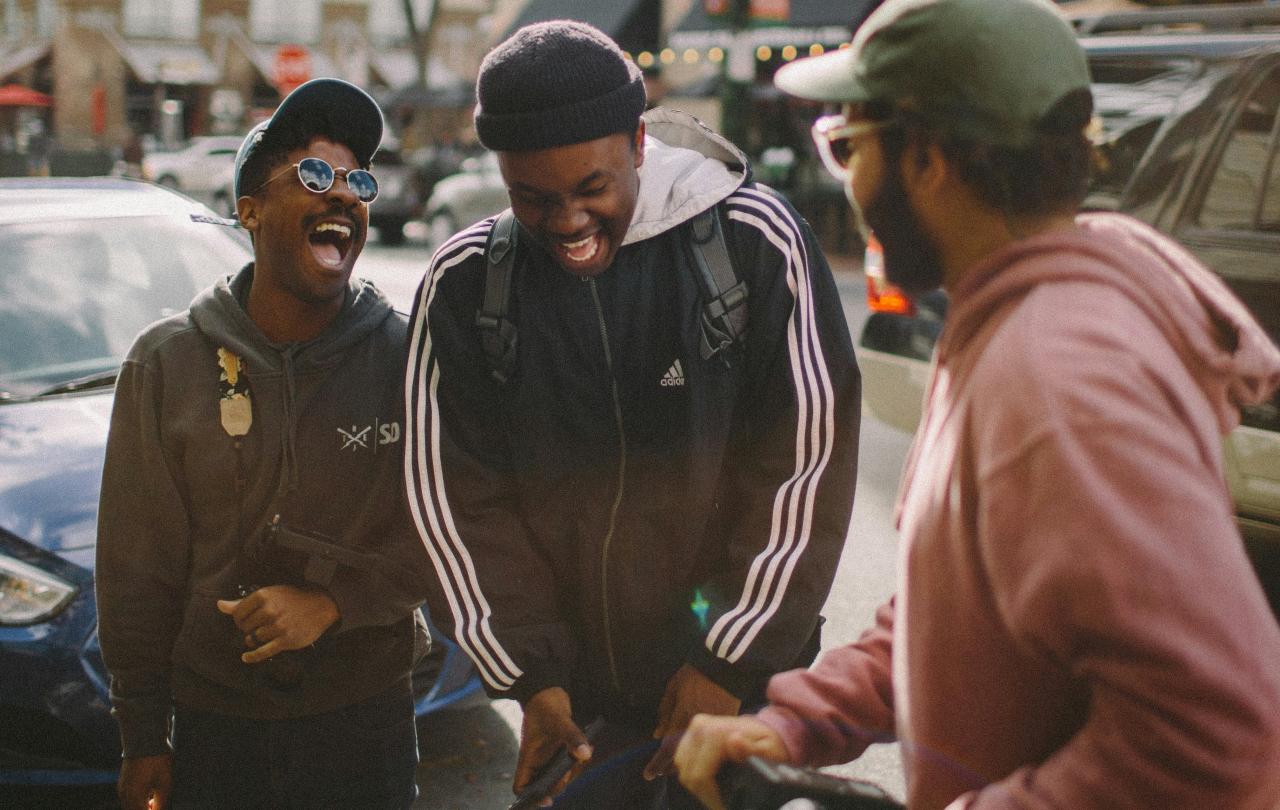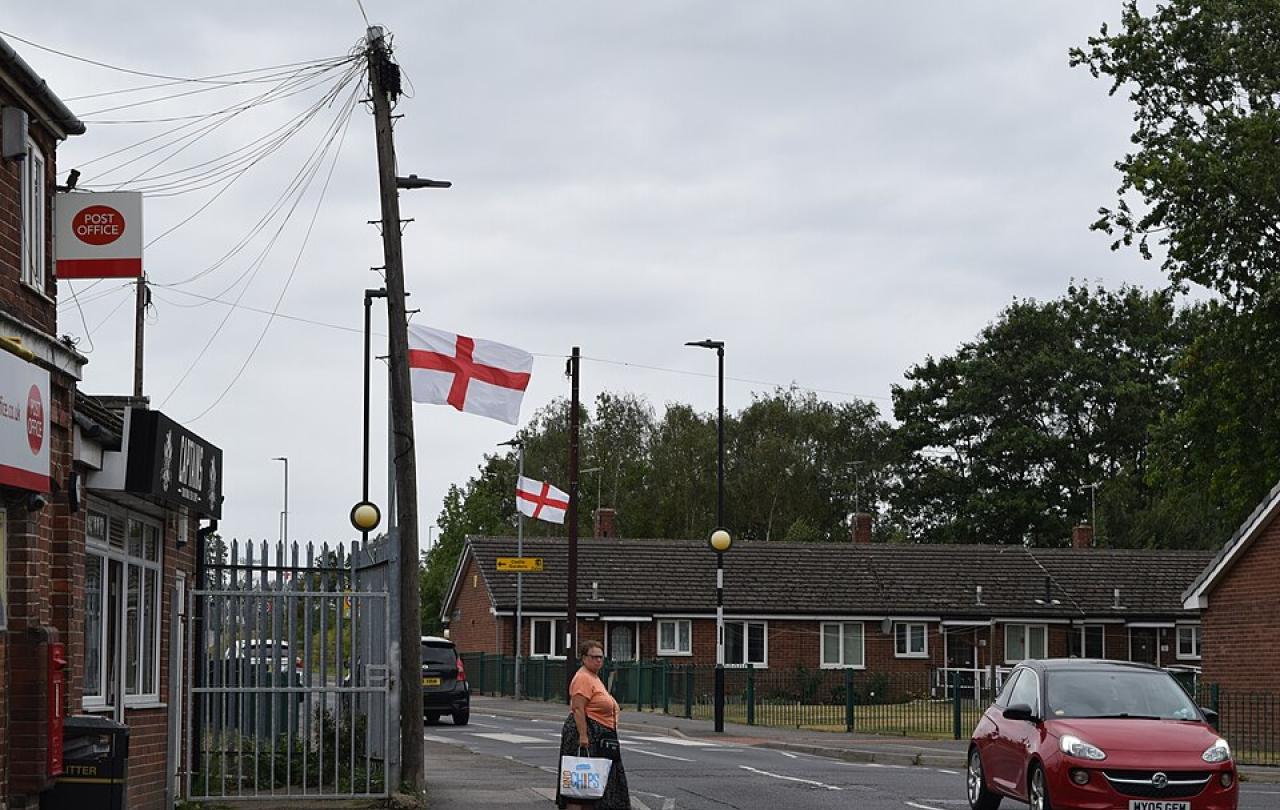
In the year 2000, political scientist Robert D. Putnam published Bowling Alone. Putnam analysed the decline of “social capital” in America, observing that relational networks, community involvement, and civic engagement were all waning. Why “bowling”? Well, for Putnam, the decline of involvement in bowling leagues was representative of his findings. It served as a microcosm of a bigger picture—the broad downtrend in social engagement.
What of “social capital” in 2025? Everything, it appears, is different. The arrival of the online ecosphere has reframed how “social” is best understood. We are more “connected” than ever. Indeed, the proportion of society attached to a virtual social network, I suspect, outstrips the proportion of society involved in bowling (or other) leagues at their peak. And even in the short history of the world wide web, the nature of social engagement has developed at breakneck speed. A once revolutionary platform for connecting with past pals from school (remember “Friends Reunited”?) now seems prehistoric. We can “connect” in ways that no bowling league could ever have manufactured. Today, the array of relational possibilities is endless. Awaiting your acquaintance are inert artificial friends, with whom—we’re assured—“You can form an actual emotional connection.” Yes, the Replika app offers virtual companions “for anyone who wants a friend with no judgment, drama, or social anxiety involved.”
What counts as “social” has expanded beyond measure since the year 2000. No doubt Putnam’s book would look different were it released today. But has the tide of social engagement really turned?
The bond of friendship is precious. And, like many precious things, it is hard-won.
Does today’s social mindset encourage us to pursue relationships marked by depth, confidence, nearness? The digital realm makes it extremely difficult not to treat connection as a commodity, more a product in the marketplace of life than a good to be pursued for its own worth. It generates a fantasy of risk-free relationships. “If a friendship isn’t working out, leave it; there’s always another one available”—one without “drama”, as the wisdom of Replika would have it. The measure of a good relationship here is not the strength of the bond itself. Such ties are a means to another end. Perhaps how well the relationship serves individual interests or meets personal preferences. And if we swallow this kind of “you do you” pill whole, we shouldn’t be surprised if our basic assumption is that people do not belong together but apart.
When friendship becomes a commodity, enduring friendship is nothing short of a miracle. We are all too changeable for consumer relationships to last. Our preferences change. Our life-stages change. Once upon a time, lasting non-romantic bonds were perhaps a more given feature of life. When lifelong relationships and local community overlapped far more, the troughs of friendships were less easy to avoid but had to be faced. It wasn’t so easy to dodge “drama” and move on. But if today’s online social realm shapes our expectations of relationships, the long road of friendship becomes—unsurprisingly—uninviting. Seemingly viable alternatives to our present friends are always available. Indeed, if the “you do you” mantra holds, friendship most likely will not. Or at least not of the precious kind.
Recently, Sheridan Voysey launched the Friendship Lab. Its aim? To make friendships thrive. Voysey, an author and broadcaster, has developed this new resource alongside a team that includes academics in psychology, law, and statistics. The Lab offers both live and on-demand courses to equip individuals and friends with wisdom and skills for fostering reciprocity and deepening connection. The Friendship Lab is Voysey’s answer to a question he asked himself: "Who can you call at 2am when everything has gone wrong?" Hence, its mission: “to see every adult have at least three 2am friends.”
The Friendship Lab is on to something important. I suspect that something is, at least in part, that friendships require perseverance.
In friendship, it takes time to be understood and to understand. We are all so remarkably complex. Our pasts are so multifaceted. There is no straightforward access to another person. No algorithm can achieve it. No personality test can name it. The deep roots of a relationship are established in attention and commitment. They are reinformed through loyalty and perseverance. The resources provided by the Lab point to the fact that friendships form over time. Like a muscle strengthened through repeated use, they are shaped by practices. Developing connection is more like slowly sculpting clay than sharing in a series of transactions.
At the other side of risk is a precious thing: the overcoming of distance. That precious feeling of being at ease. Unguarded and unafraid
This leads to something important: on its own, perseverance is not enough. Something else should be named if friendships are to thrive and last. And it is less common: risk.
The bond of friendship always involves risk. Friendship is hard-won because it is risky. To let one’s guard down is a step into the unknown, a “drama” that can never be neatly calculated, because we can never know the outcome. And it is a particular kind of risk: the risk of making oneself vulnerable. Of exposing our hopes and fears, our wounds and weaknesses. Or facing these in others. And of course, we are all so aware of what can go wrong. Sometimes putting yourself out there results not in depth but in misunderstanding or, perhaps, rejection. And to be rejected in one’s vulnerability can be humiliating, even devastating.
But the bond of friendship is established in these daring footsteps of risk. Friendship does not take shape by side-stepping risk but by taking the road through it—a road not free from but marked by missteps and disappointments.
Yet such steps are not an end in themselves. They lead to a place that addresses a deeper longing—the ache for connection. At the other side of risk is a precious thing: the overcoming of distance. That precious feeling of being at ease. Unguarded and unafraid. The knowledge that you’re in safe hands.
In an age where seemingly risk-free alternative connections are available, who would dare to take these steps? Some ancient wisdom might be needed here most of all.
Around 30AD, a man called Jesus of Nazareth walked the road to hard-won friendship like no other. One of his followers described Jesus’ life as one of commitment to his companions “to the end.” Whilst Jesus’ profound teaching and demonstration of love often gets plenty of attention, there is something precious to be mined here.
Risk and perseverance belonged to Jesus’ life. The risk of misunderstanding and of rejection—both of which he experienced at the hands of those closest to him. He was not immune to these. In fact, what it meant for Jesus to persevere in his commitment to his followers was for him to endure their abandonment of him. They modelled the opposite of friendship. But Jesus’ risk-taking perseverance knew no limit. It led him all the way to death. It persevered through the failure of his friends to reciprocate to the end. This is why it is just so startling that, in rising from the dead, Jesus says to his followers: “no longer do I call you servants… I have called you my friends.”
If Jesus has walked the ultimate road of befriending us human beings “to the end”, could looking to this source unlock friendship in a new way today?
There is a woman in the church community I’m part of who was once asked: “why are you part of this church?” Her answer: “I decided to come here.” She is in her eighties and has been part of that community for decades. I envy the simple sense of risk-taking perseverance in her approach. She is not side-stepping the “drama”—the inevitable missteps that belong to life with others. I do not belong to a generation or an age that puts a premium on risk-taking perseverance “to the end” in friendships. But another look at ancient wisdom might give us just the freedom to do so. And if the road to deep connection goes via some kind of “judgement, drama, or social anxiety” then I, for one, am all in.
Celebrate our 2nd birthday!
Since March 2023, our readers have enjoyed over 1,000 articles. All for free. This is made possible through the generosity of our amazing community of supporters.
If you enjoy Seen & Unseen, would you consider making a gift towards our work?
Do so by joining Behind The Seen. Alongside other benefits, you’ll receive an extra fortnightly email from me sharing my reading and reflections on the ideas that are shaping our times.
Graham Tomlin
Editor-in-Chief





